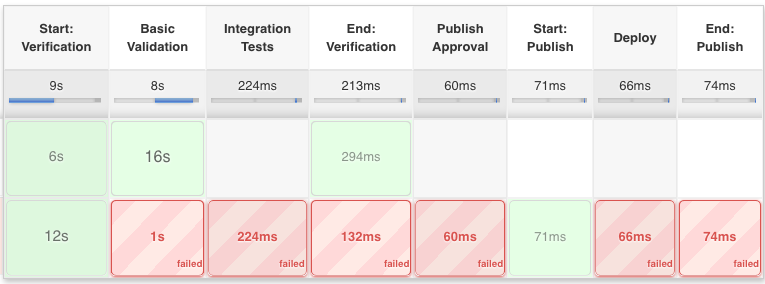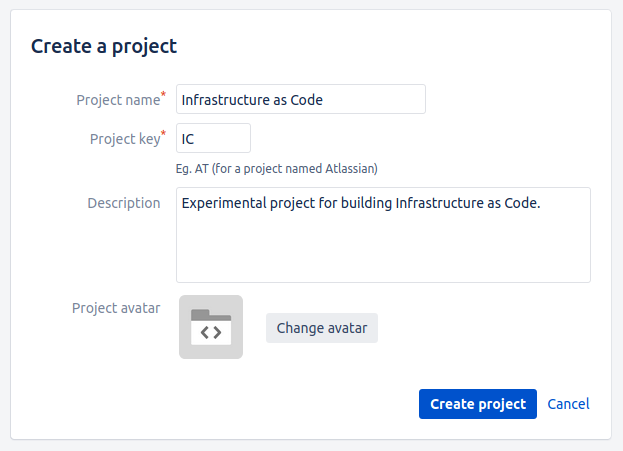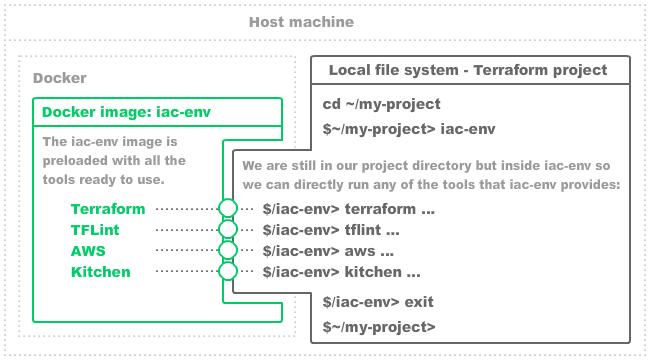iac-env / Part 6 - Provision AWS resources
Marcel Braghetto 10 May 2020
>>> Read full article

In this part we will take a small step forward with our automation and create an Amazon S3 bucket which we’ll use to store our Terraform state, using Terraform workspaces to help us. This will demonstrate how to orchestrate the testing and deployment of an AWS resource.
iac-env / Part 5 - Create build pipeline
Marcel Braghetto 7 May 2020
>>> Read full article

We are now ready to write ourselves a Jenkins build pipeline that will be triggered whenever a new Git branch is created or deleted, or a branch has had code changes applied to it.
iac-env / Part 4 - Setup Jenkins
Marcel Braghetto 6 May 2020
>>> Read full article

In this part we will setup a Jenkins instance using Docker to run it, and connect it to Bitbucket so it can automatically start build pipelines.
iac-env / Part 3 - Setup Bitbucket
Marcel Braghetto 5 May 2020
>>> Read full article

In this part we will setup a local instance of Bitbucket server using an evaluation license so we can push and pull code locally to test drive our build pipeline. It is fairly likely that you already use Bitbucket or Github or something like that to manage your Git repositories - the idea is the same as what we will be doing here so these instructions can be applied to whatever you are using though you’ll need to read the docs for your platform.
I picked Bitbucket server because I can run it easily on my localhost and it is just for experimentation purposes so I don’t mind deleting it when I’m done.
iac-env / Part 2 - Create iac-env Docker image
Marcel Braghetto 4 May 2020
>>> Read full article
In this part we will get started with Docker and build our iac-env Docker image, which will be the star of the show! When we have our iac-env Docker image we can immediately start using it to run infrastructure as code tools. At a high level, our iac-env Docker image will do this for us:

iac-env / Part 1 - Introduction
Marcel Braghetto 3 May 2020
>>> Read full article

Welcome to my learning adventure about infrastructure as code! At the time of authoring these articles I had just begun some work that required me to skill up a bit with Amazon Web Services and learn some tools that can assist with automation of provisioning cloud resources. All of this was very new to me and I started to experiment with tools and techniques to build up my knowledge - I figured I could write up my experience here and share the knowledge I’ve gathered. No doubt some of this stuff will seem very basic to those who have been in the profession for a while but we all gotta start somewhere!
In these articles I will explain the approach I took to create a self contained Docker image that acts as both a developer sandbox for writing cloud stuff locally, as well as being a build agent in a Jenkins build pipeline to perform the building, testing and deployment of cloud resources.






